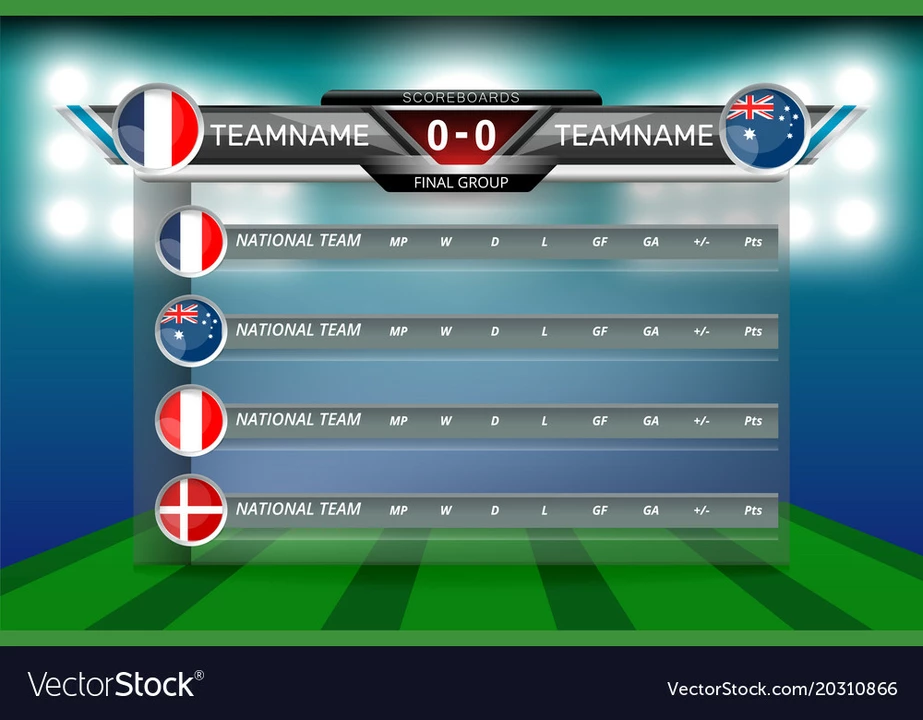Official Game Clocks: How They Keep Racing Fair and Fast
When you watch a race, the big screen shows seconds ticking away. That number isn’t just for drama – it’s the official game clock, the heart of every motorsport event. Understanding how it works can give you a better feel for the action and help you follow the sport like a true fan.
What Is an Official Game Clock?
An official game clock is a precise timer that tracks every lap, every sector, and the total race duration. It’s synced with the track’s timing loops, GPS units, and sometimes even the cars’ onboard systems. The clock starts when the green flag drops and stops at the finish line, pausing for safety cars or red flags according to the series rules.
The clock isn’t a simple stopwatch. It has to be ultra‑accurate – usually within a few thousandths of a second – because championships can be decided by margins smaller than the blink of an eye. That’s why race organizers invest in redundant systems: backup clocks, manual timing, and real‑time data checks.
Why the Clock Matters to Drivers and Fans
For drivers, the clock tells them when to push, when to conserve fuel, and when to manage tire wear. A split‑second difference in lap time can change a pit‑stop strategy completely. For fans, the clock adds excitement. Seeing a driver shave 0.2 seconds off a lap makes the race feel alive.
In series like Formula 1, MotoGP, or the British Touring Car Championship, the clock also feeds into the live timing feed you see on your phone or TV. That feed shows sector times, average speeds, and gaps to the car ahead – all derived from the official game clock.
If you want to read the clock like a pro, focus on three things:
- Lap time. The total time for one circuit lap – lower is better.
- Sector splits. The track is broken into sections; each split tells you where the driver gained or lost time.
- Gap to leader. The difference between your car’s time and the fastest car on the track.
Most racing apps let you toggle these views, so you can watch the race from the driver’s perspective.
When a safety car appears, the official clock often continues to run, but the race officials may add a “neutralization” period. That way, the total race distance stays the same even if the cars slow down for a few laps.
Understanding these nuances helps you appreciate why a race sometimes ends with a photo finish, or why a driver might pit just before the clock hits a certain mark. It’s all about timing.
Now that you know the basics, you can enjoy every race with a sharper eye. Next time the screen flashes a new lap record, you’ll know exactly what the official game clock is telling you – and why that split‑second matters.
Posted By Caspian Beaumont On 12 May 2023 Comments (0)
How do TV scoreboard graphics sync with official game clocks?
As a sports enthusiast, I've always been curious about how TV scoreboard graphics sync so perfectly with official game clocks. It turns out that the synchronization process involves a combination of advanced technology and human input. Broadcasters often use specialized software that receives data directly from the official game clock, ensuring accurate, real-time display of the time remaining. In addition, camera operators and producers at the broadcasting station collaborate to ensure the on-screen graphics are consistently updated and aligned with the live action. This behind-the-scenes teamwork guarantees that we, the viewers, can enjoy a seamless, immersive sports experience.
READ MORE